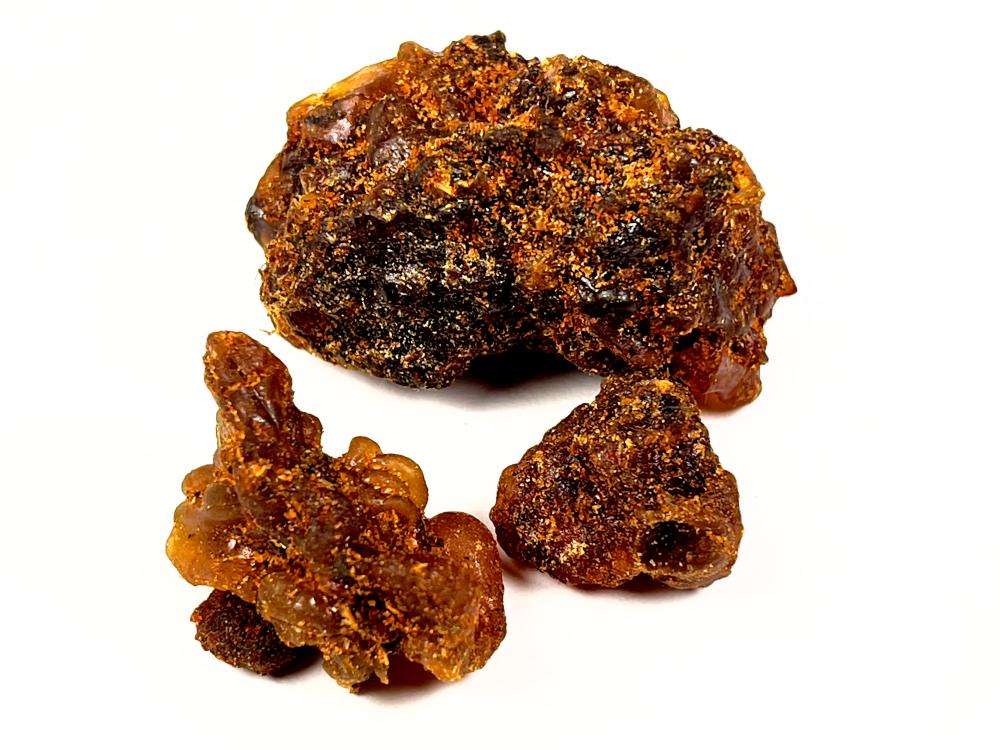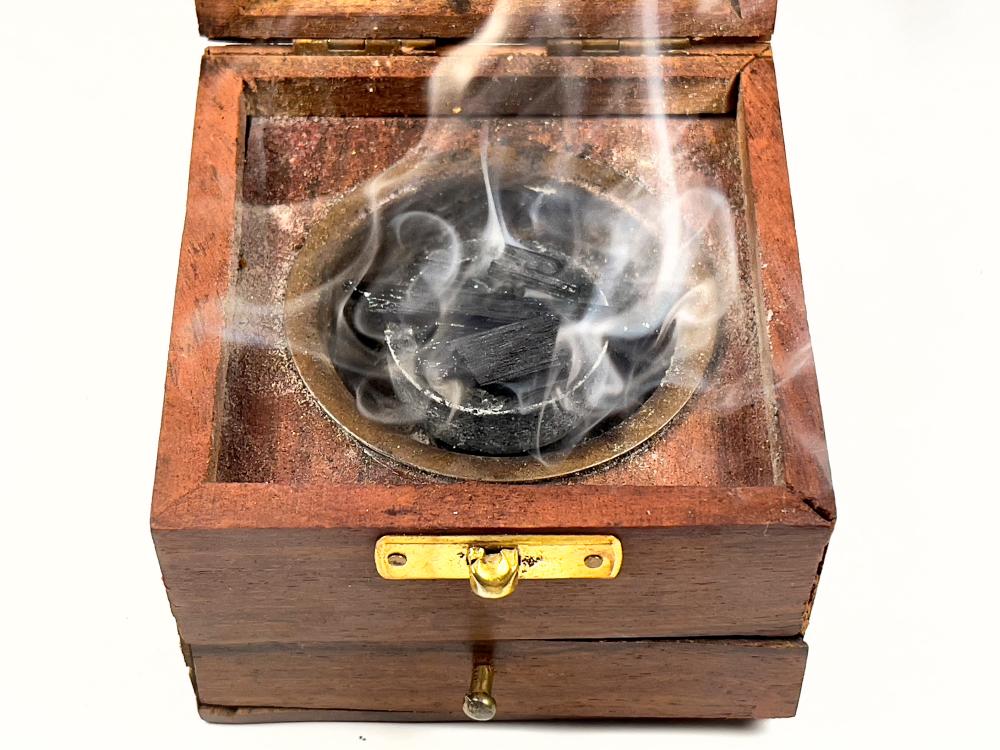THE simple act of burning a scented candle, lighting incense or diffusing essential oils can evoke a memory, set a mood and transform a space. Aromatics are said to be as beneficial as they are varied, and as varied as there are modern methods of dispersing them.
However, the best way to enjoy one of the world’s most expensive natural perfumes is by using one of the most ancient methods. The technique is still being used around the world in some of the oldest and most sacred places. And this method is no stranger to our neck of the woods either.
Although this highly sought after raw ingredient for fragrances is grown here, in this region, the finest way of enjoying it is ubiquitous in the Middle East. All that is needed is a heat resistant container, coal and resin or wood.
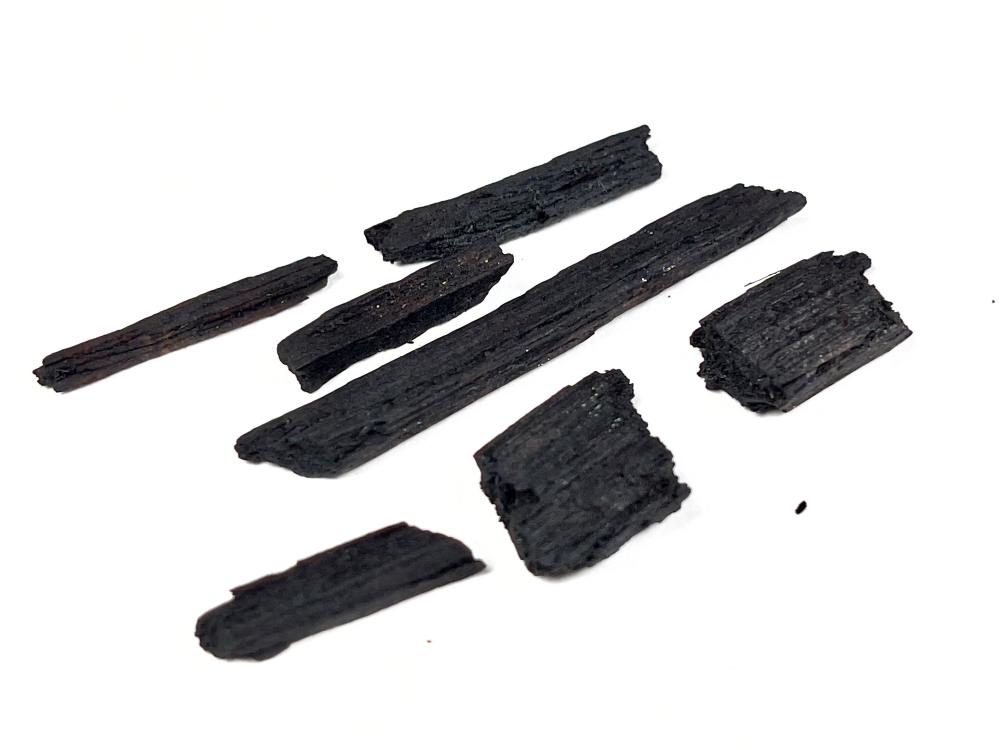
Bakhoor
The word Bakhoor in Arabic refers to the perfume-soaked wood chips that are used in this smoking method. The term has been used generally to refer to diffusing a perfume by placing the aromatic chips over hot coals in a censer called a Mabkhara.
You can use almost any heat resistant container for this, but a proper Mabkhara would be nicer. The coals used nowadays are also special, they are easily ignited and stay hot for a long period. Using a jet butane lighter like the ones used to light cigars is recommended.
There are also electric ones that use heaters, but we are going to look at the traditional method here.
The result is the same. Once the aromatic source is placed on the white coal, it will produce smoke and plenty of it. This smoke can be used to fumigate clothing and paired with perfume oils to create a personal scent profile as well.
Ever notice how the smoke of cigarettes or vape would leave its smell on the smoker? It is the same with the smoke from Bakhoor. However, it does not stain.
Fumigation can be done in a social setting. For example, when a guest arrives, Bakhoor can be used to perfume the location and the Mabkhara passed around to each guest so that they can fumigate themselves.
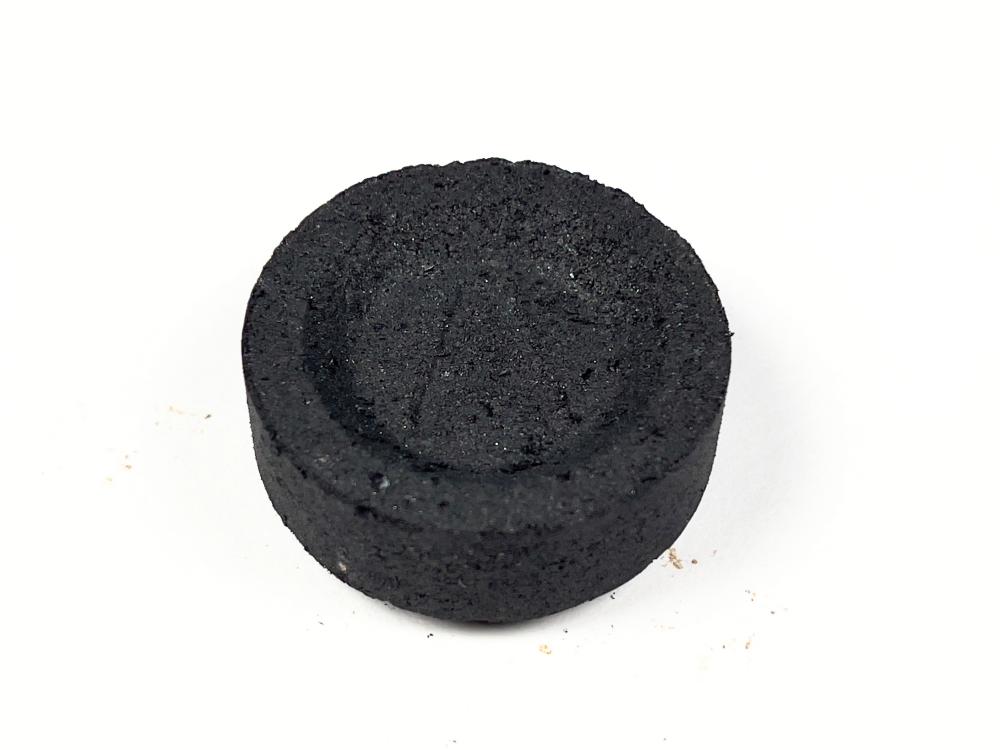
Perfumed wood chips
This is what you would usually find if you search for Bahkoor in your favourite online shop. They come in tins or jars and none of their names is descriptive of what they are. So, there is a lot of experimentation and discovery, unless you can go to a physical store and smell them for yourself or already know what they are.
These wood clippings are dark in colour because they have been infused with perfume. Some are dry to the touch while some are not.
If you do not know where to start, try the Cambodi Oud Bakhoor. It is comparatively pricey, but it is a favourite classic and emulates the aroma of one of the most expensive perfume ingredients in the world, oud.
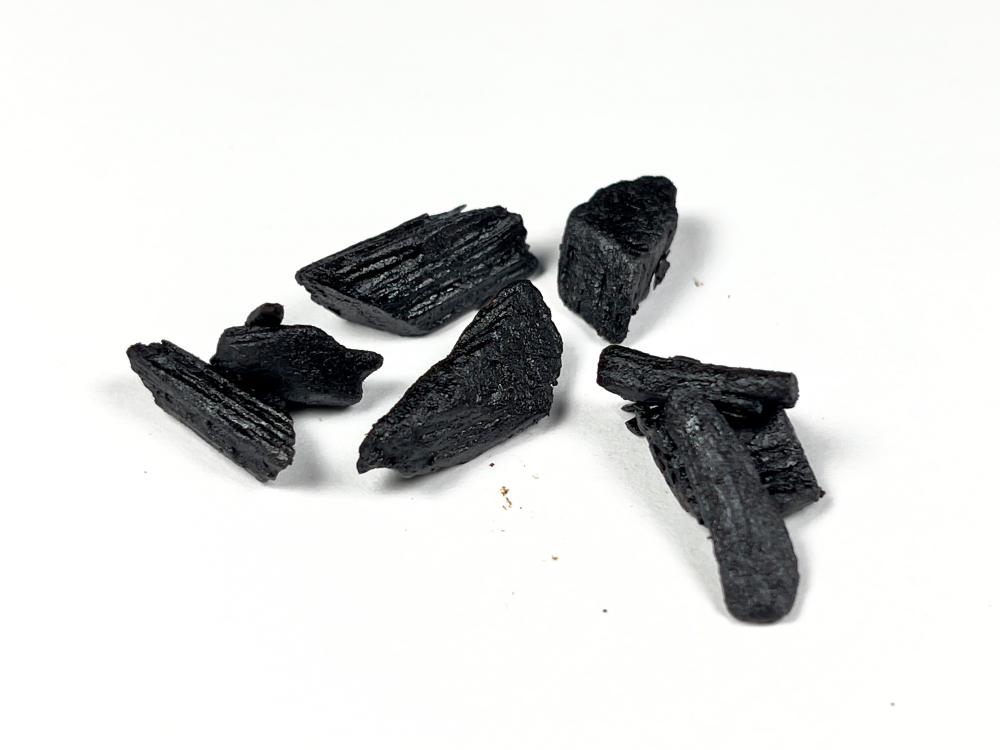
Oud
Agarwood, aloeswood, eaglewood or gharuwood are just some of the common names for the aromatic Oud. It comes from the Aquilaria or Gaharu tree, that is indigenous to the Southeast Asia region.
But Oud is not just any piece of Gaharu. That would be too easy. It is formed in the heartwood when the tree is injured and is infected with a type of mould. The tree will then produce a resin to treat itself of the trauma. This turns the infected wood dark brown and it is this resin-soaked wood that is known as Oud.
The event is rare in the wild and difficult to replicate without killing the tree. To compound its rarity, it takes years for the tree itself to grow and mature, and the yield of its precious perfume oil is extremely low.
Of course, wild Oud is treasured more than cultivated Oud.
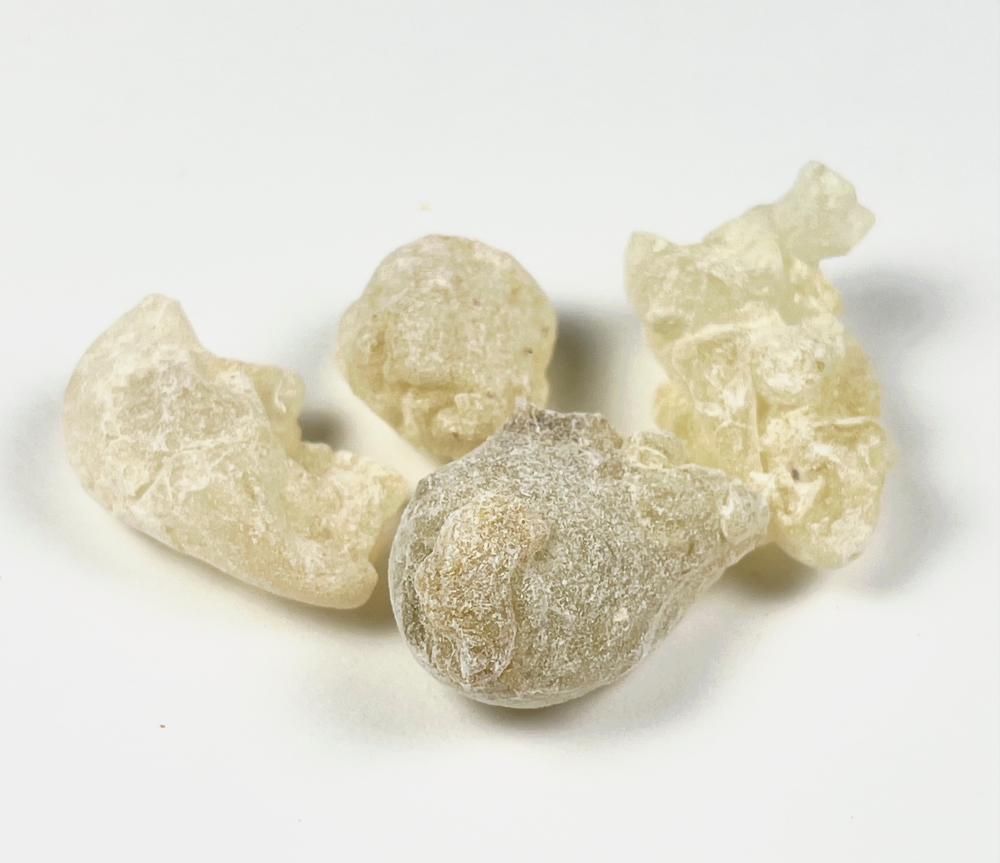
Resins
Although the use of Oud to fumigate or to transform a space through fragrance goes back centuries, there is another aromatic practice that dates back even further.
One comes from the thorny tree species of the genus Commiphora. More specifically, the Commiphora molmol grows in Somalia, Oman, Yemen, Eritrea, Ethiopia and parts of Saudi Arabia. When its bark is damaged, the tree will produce a resin that hardens like a rock. This dark brown secretion has been harvested for millennia for use in perfumes and medicine.
The other comes from the Boswellia tree, most prominently the Boswellia sacra tree. It is a native of Oman, Yemen and Somalia, and is similar to the resin mentioned above.
You might know these resins as Myrrh and Frankincense.
The smoke from Myrrh smells full, woody and sweet, while the smoke from Frankincense is sharper, like citrus and pine.
